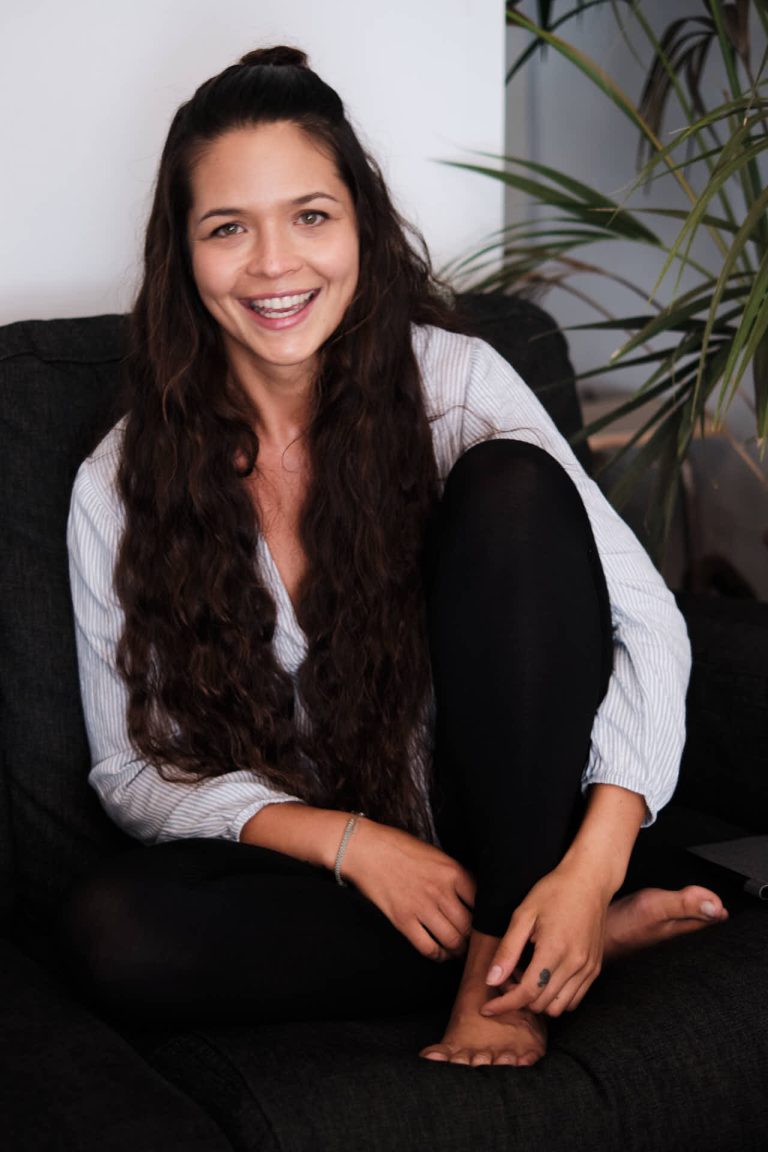10 Tips How To Integrate a Yoga and Fitness Routine During Lockdown
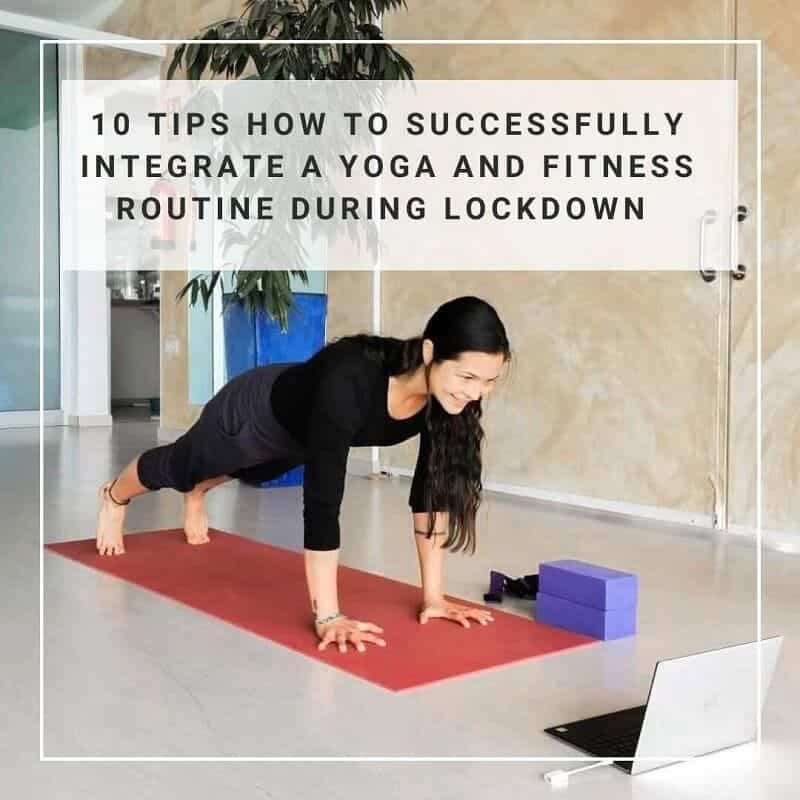
Building Healthy Habits During Lockdown It’s been more than one year now, since we have experienced the first lockdown. Since then we had multiple ones, and had to adapt to these circumstances. We started with home offices and had to move the yoga studio and gyms into our homes. Some of us really enjoyed these changes […]
Yoga During Pregnancy and After Giving Birth – Part II: Postnatal
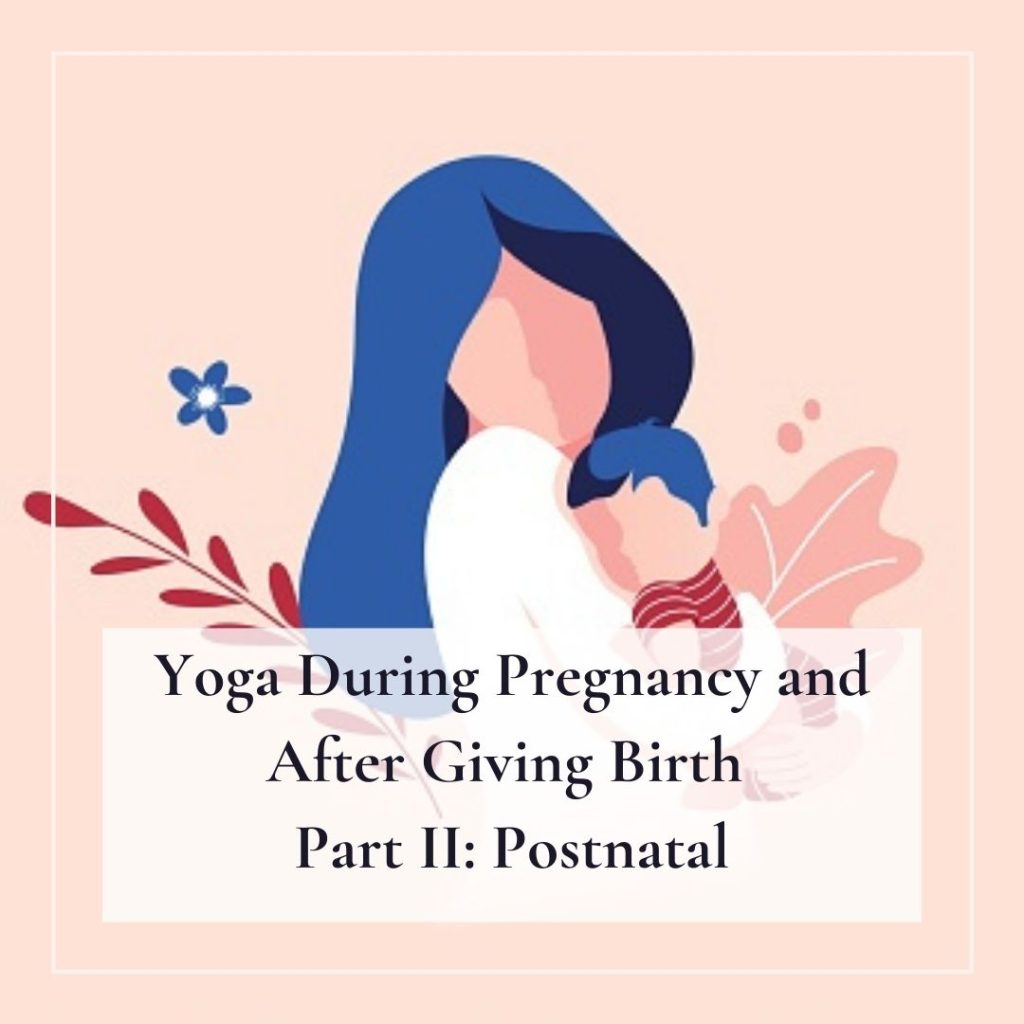
How Can a Woman Support Her Body and Mind After Pregnancy and How Much Is Too Much? In my previous post I was writing about the benefits of yoga during pregnancy, before giving birth. Now I would like to share the benefits and beauty of a yoga class postnatally. I haven’t experienced becoming a mother yet, […]
How To Turn Self-Hatred Into Self-Love & Bodypositivity

Do you love yourself? Are you able to look into your reflection in the mirror – into your own eyes – while saying: “You are beautiful!” Or is this something you would never believe? Is it easier for you to say the opposite, because you believe it more? Telling oneself “I’m not good enough”, “I […]
How Does the Menstrual Cycle Affects a Women’s Body and the Training. What Is PMS and How To Deal With It?
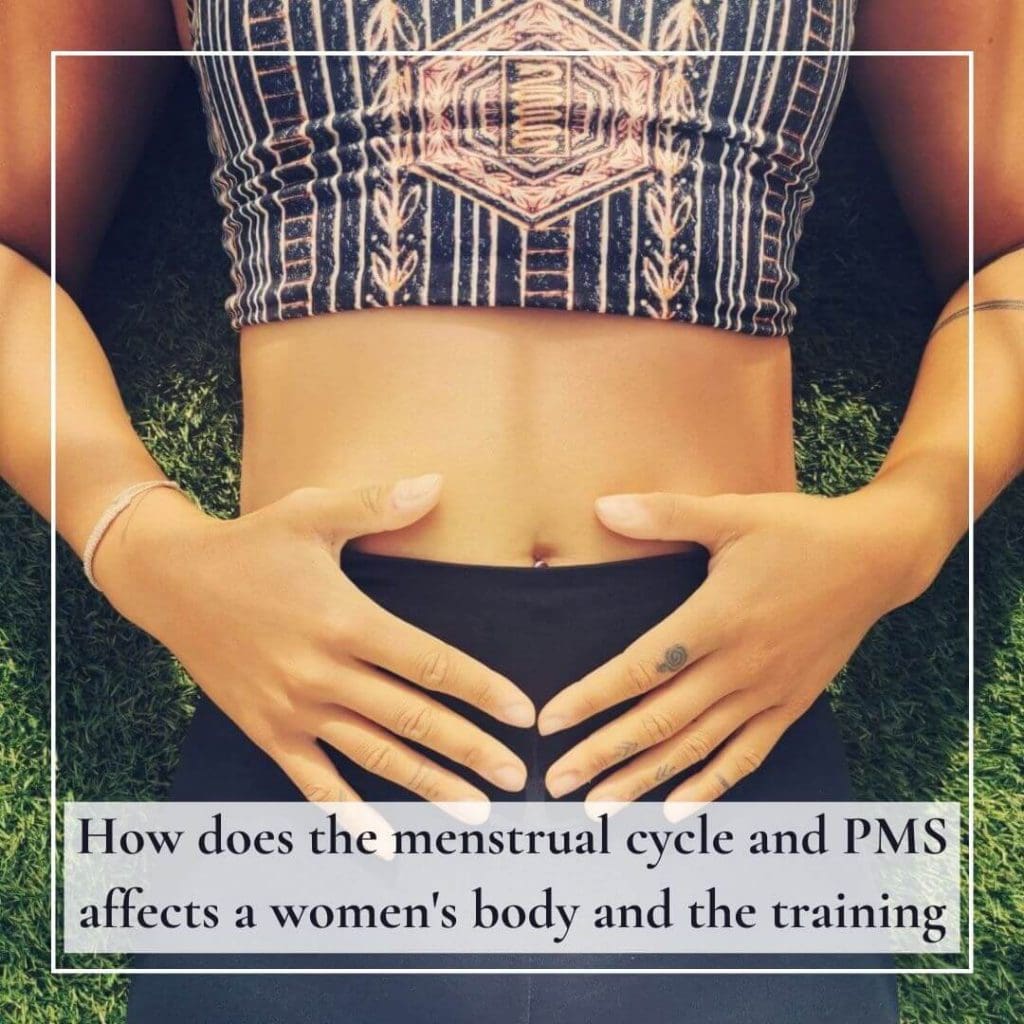
Understand Yourself by Understanding the Menstrual Cycle, Premenstrual Syndrome and How This Affects Your Training. << I wake up in the morning like any other day, I go to the bathroom for a shower and dress up. I realize that my pants are much tighter than usual and after a look into the mirror I […]
What Does Yoga Have To Do With Veganism? Interview With Rahel
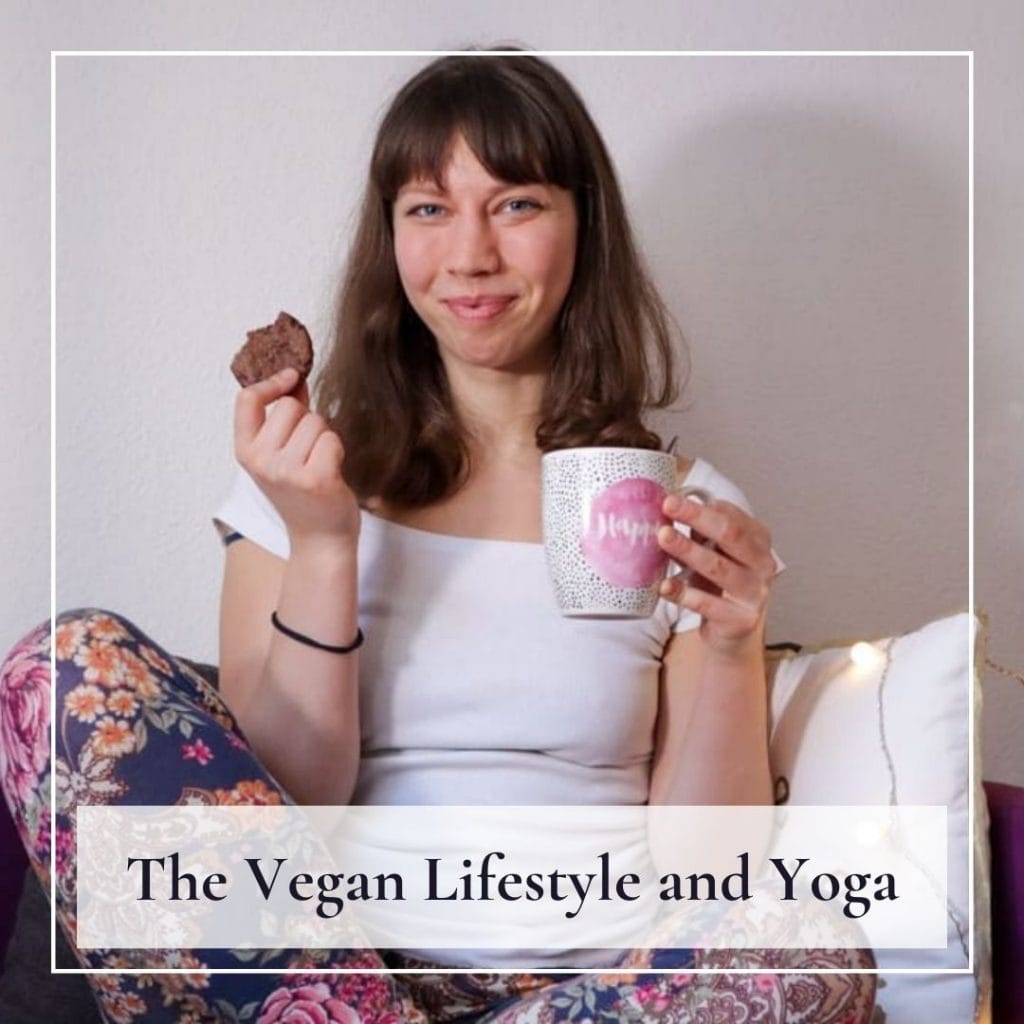
The Vegan Lifestyle and Yoga Interview with Rahel In the last interview special Rahel from “Don’t Waste Your Taste” asked me questions about Ahimsa, Veganism and Yoga. In today’s post Rahel will answer the questions I asked her and she will explain what the vegan lifestyle and yoga have in common. A few months ago, […]
What Does Yoga Have To Do With Veganism? Interview With Nini
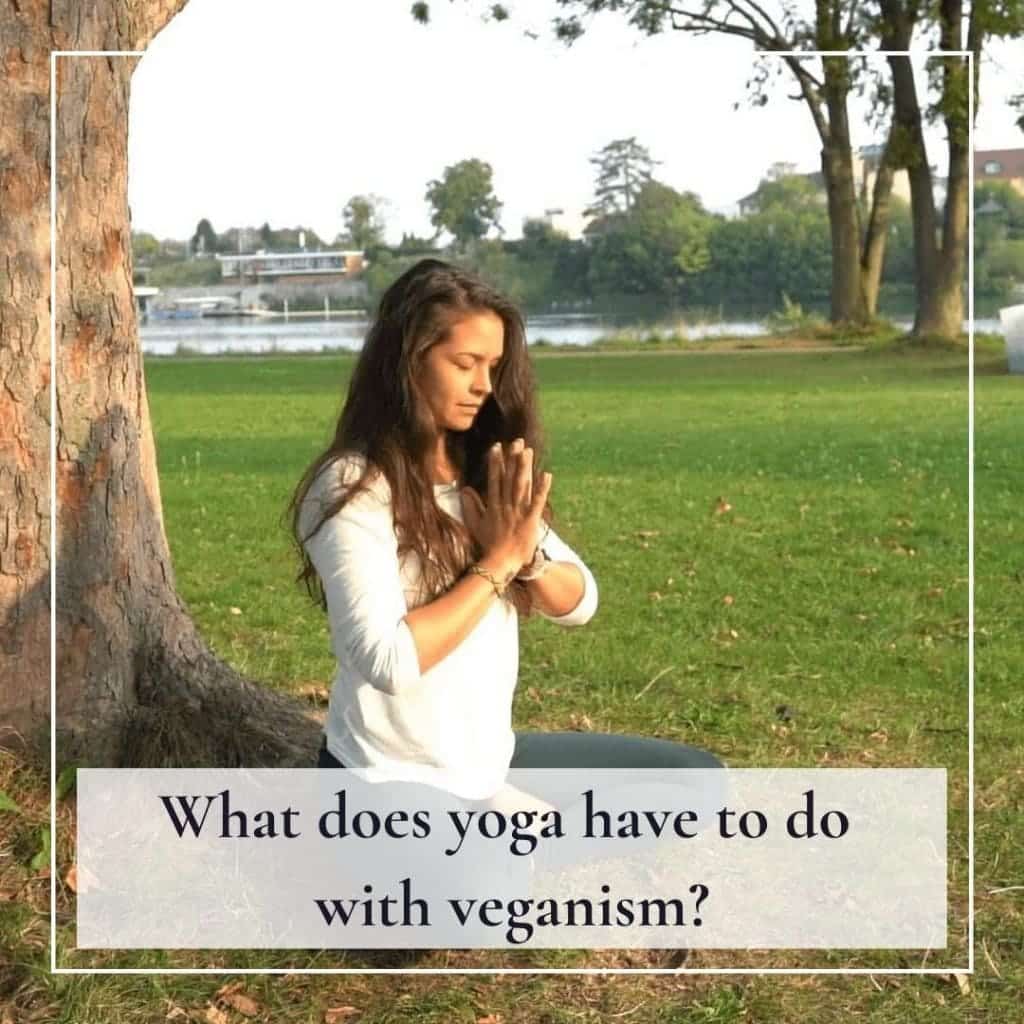
Interview With Vegan Foodblogger Rahel In this interview special with Rahel from “Don’t waste your taste” you can get to know me better and find an answer to the question “What does yoga have to do with veganism?”. I asked Rahel a few months ago if she would like to cook for my group during […]
Social Media vs. Reality – Do You See What I See?
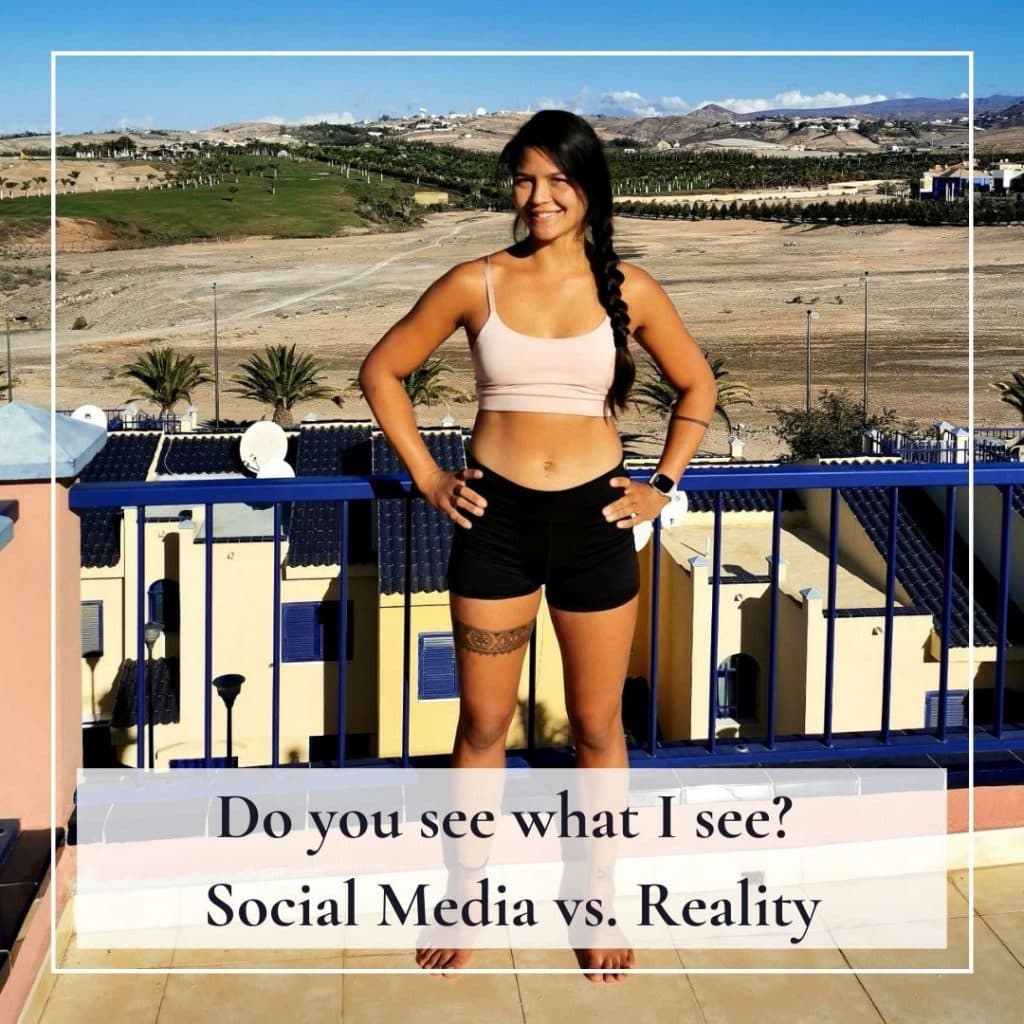
“A Picture Tells More Than 1000 Words…” Does It? There is this saying “a picture tells more than 1000 words” – this may be true in some cases, but when it comes to the topic “‘social media vs. reality” I can’t fully agree with it. I feel more like: “one single picture hides more than […]
Why It Is the Perfect Time?
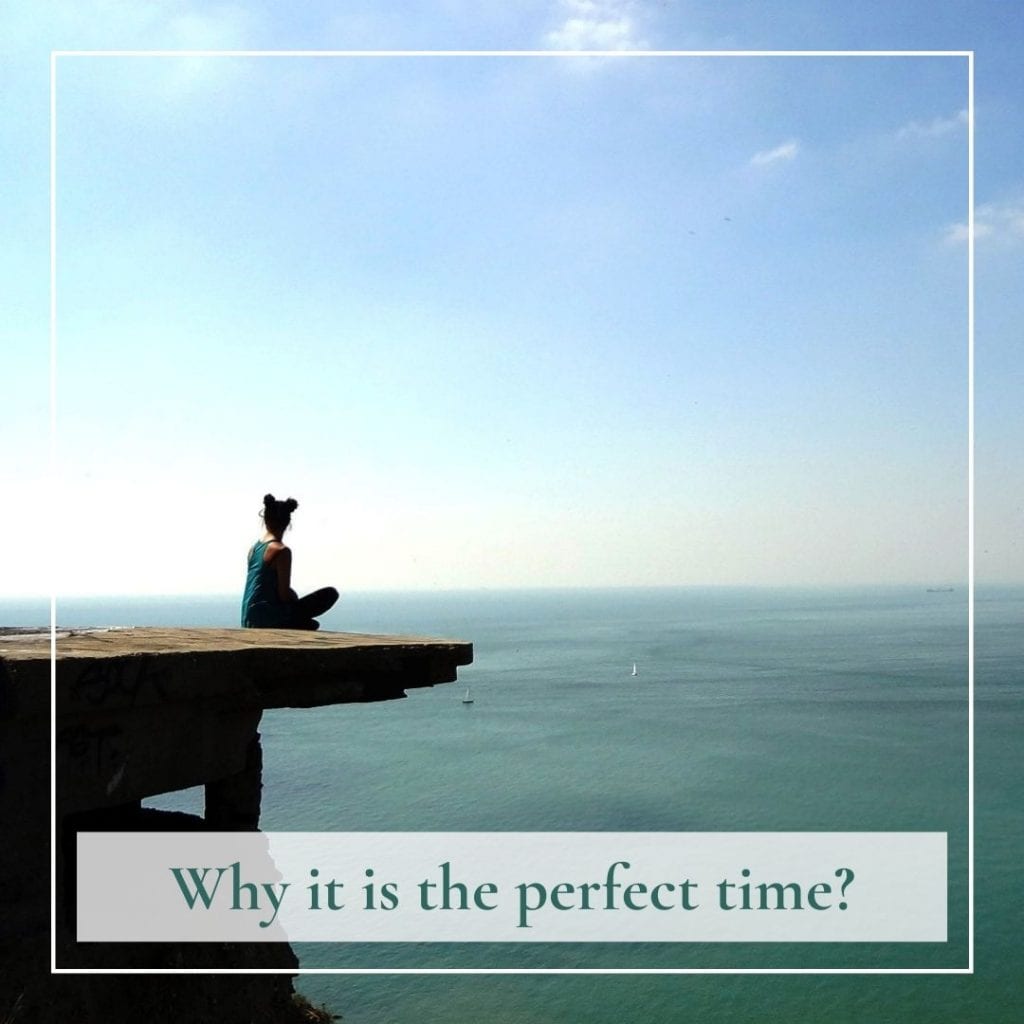
Why It Is the Perfect Time for a Retreat and How Fear Is Holding Us Back… The last year has been challenging for all of us in different ways, we had to face a lot of difficulties and had to cut back with leisure activities and vacations. Especially the long lockdown during the grey and […]
What Is Mindful Eating and Why Is It So Important?
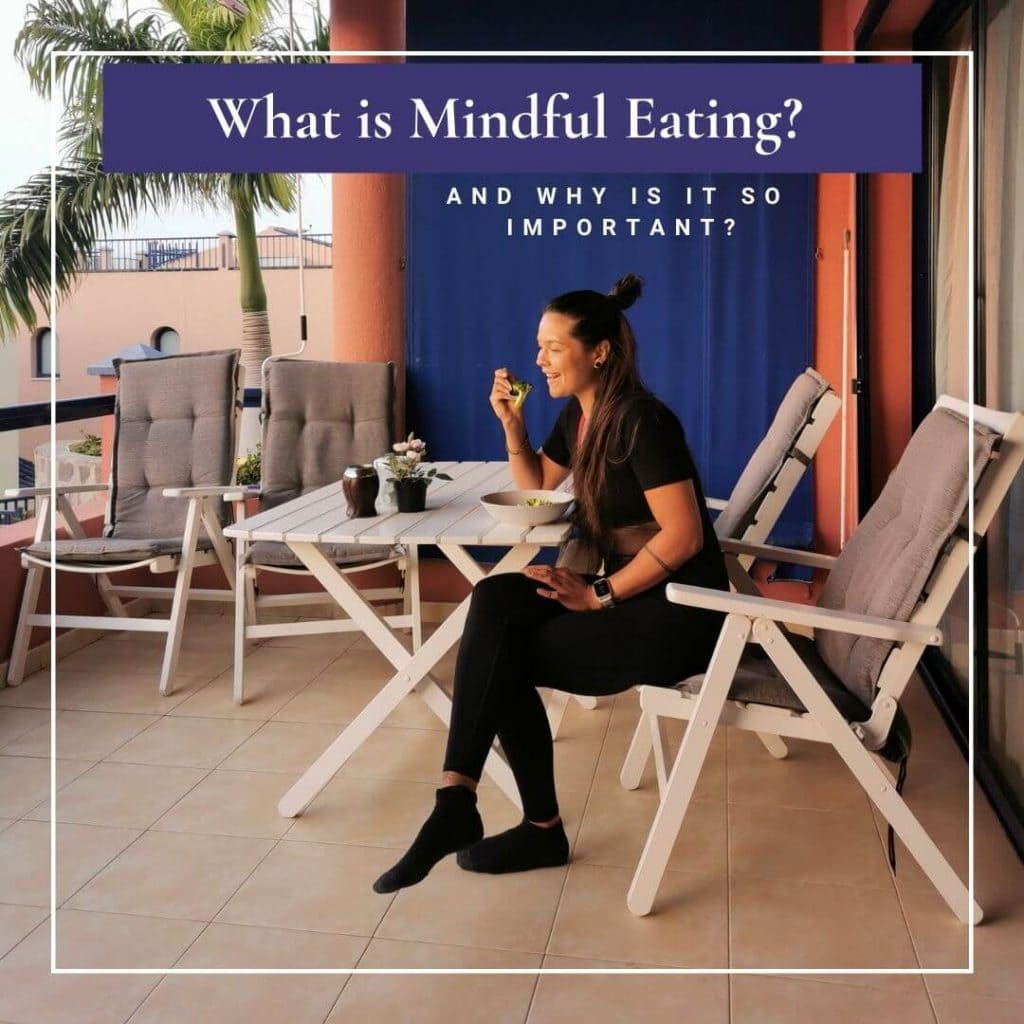
What Is Mindful Eating and Why Is It So Important? Mindful eating is a way to nourish your body consiously by paying attention to all of the senses, to the feelings in your body. Mindful eating is not a diet, it doesn’t count calories, fat, protein or carbonhydrates, it’s not judgemental, there’s no guilt included. […]
Is Yoga Enough or Do We Need an Additional Workout?
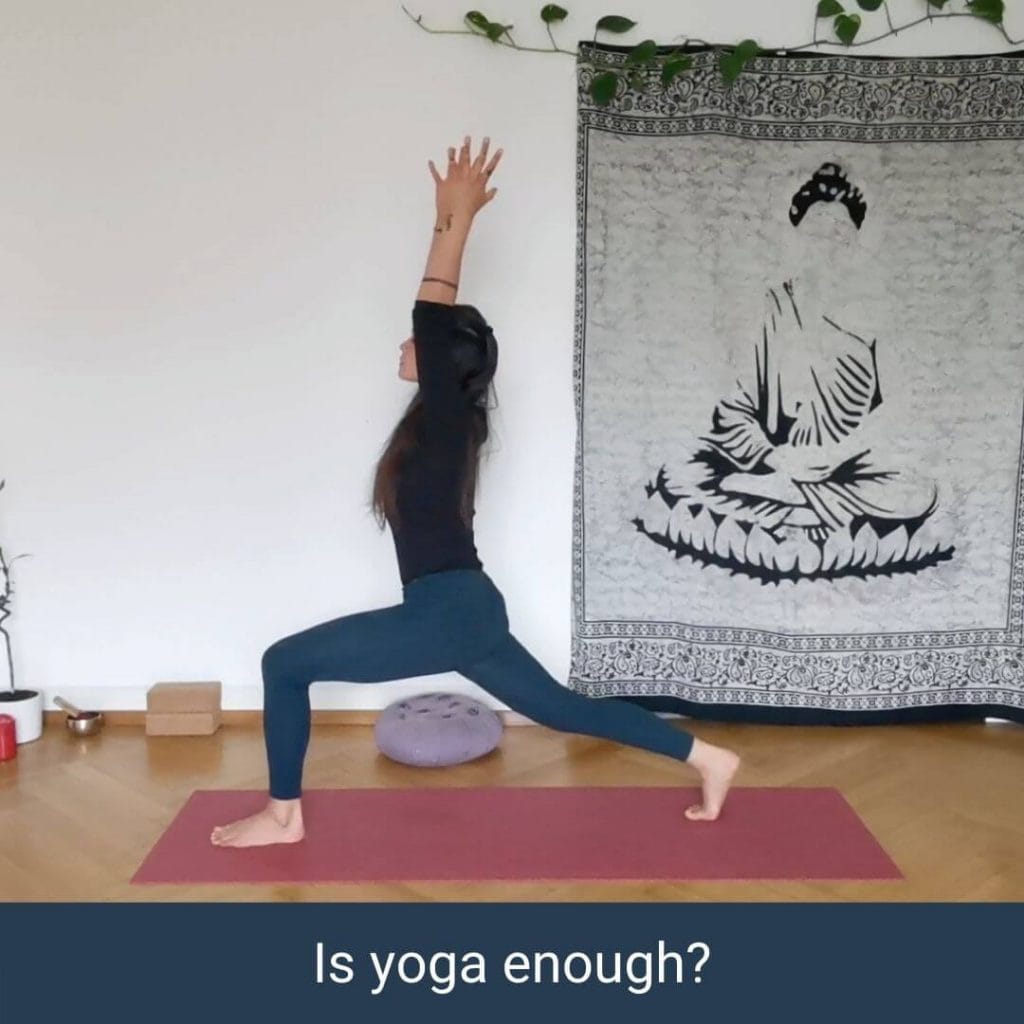
Is Yoga Enough or Do We Need an Additional Workout? I love doing yoga – since around 10 years now – but at the same time I always loved / and still love to workout, to go to the gym, for a run or do any other exercises. It’s not the first time, that I […]

